Ancient Olympia
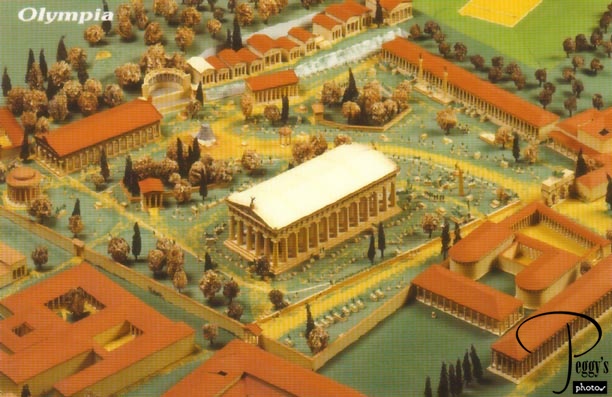
This postcard shows the layout of the Sanctuary of Olympia. Olympia served as both a religious center for the worship of Zeus and an athletic center for over 1000 years. The complex was completed in 300 B.C., with the largest building being the Temple of Zeus, the white–roofed building in the center of the photo. Olympia was named after Mount Olympos, the residence of Zeus, who, in Greek Mythology, was the father of all the gods and the ruler of mortals.

Ancient Olympia
Ancient Olympia
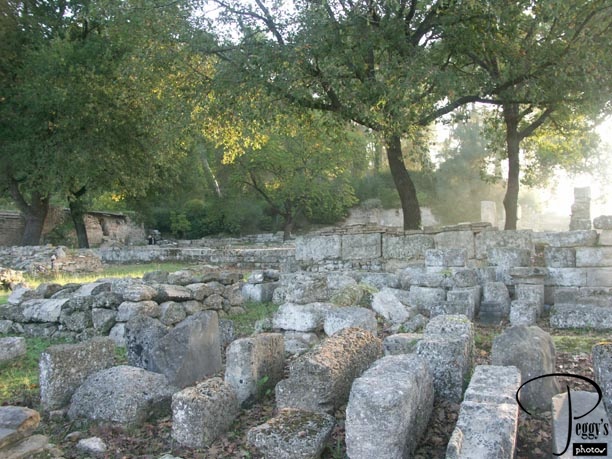
It is somewhat difficult to match photos taken at an archaeological site with photos and descriptions in guidebooks or on Internet sites, but I think that I have correctly labeled the photos that I have put on this site. So, this should be the ruins of the Prytaneion, dating back to the beginning of the 5th century B.C. It housed the Prytans, who were officials of the sanctuary. A sacred hearth was inside it.

Ancient Olympia
Ancient Olympia
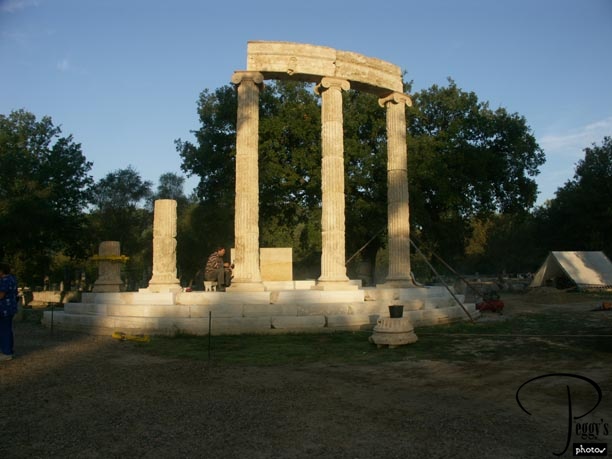
The Philippeion. This was a circular building, begun by Philip II and completed by Alexander the Great. It was used for the hero worship of the Macedonian dynasty. (Interestingly, the guidebook and Internet photos do not show the columns that are in this photo, as the Philippeion’s reconstruction is a recent undertaking. When completed, the Philippeion should be breathtaking.)

Ancient Olympia
Ancient Olympia
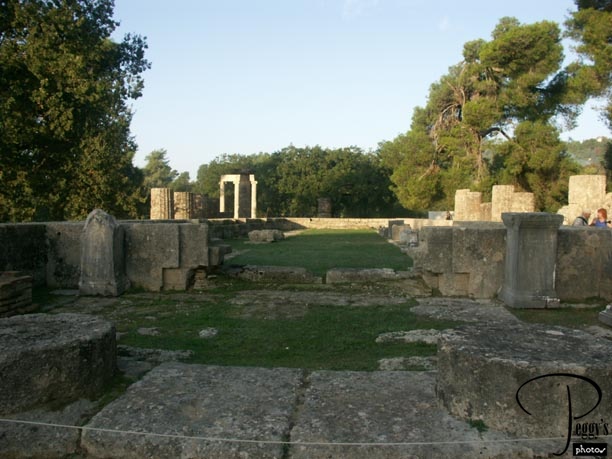
The Temple of Hera. Hera was the sister and wife of Zeus. She was known for her jealously. This was a Doric temple, dating back to the 7th century B.C. and contained statues of both Hera and Zeus. Three columns of the temple remain standing. (Doric columns are the first of the three Greek columns––Doric, Ionic, and Corinthian. The Doric columns were thick with plain capitals and no bases.)

Ancient Olympia
Ancient Olympia
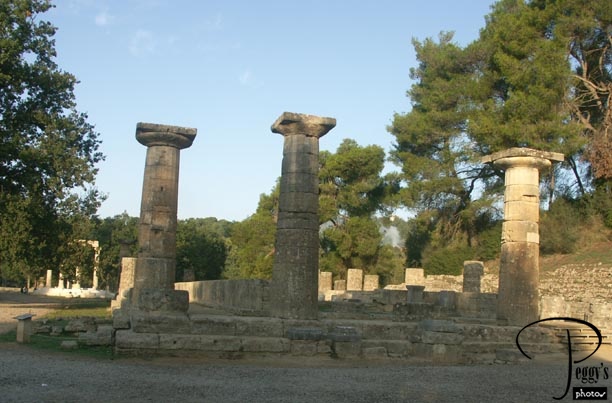
Another view of the Temple of Hera.

Ancient Olympia
Ancient Olympia
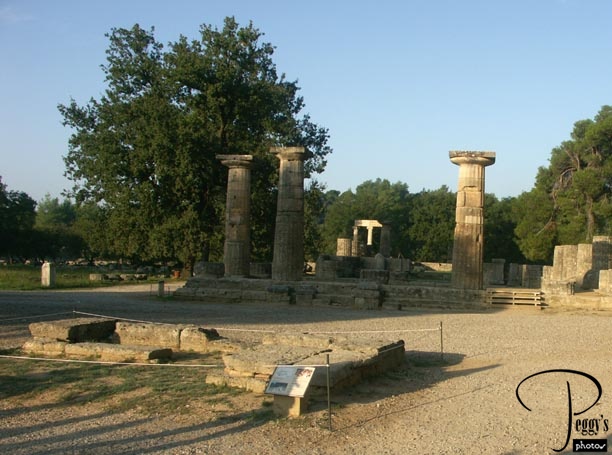
The roped–off area in front of the Temple of Hera is where the Olympic torch used in today’s games is lit.

Ancient Olympia
Ancient Olympia
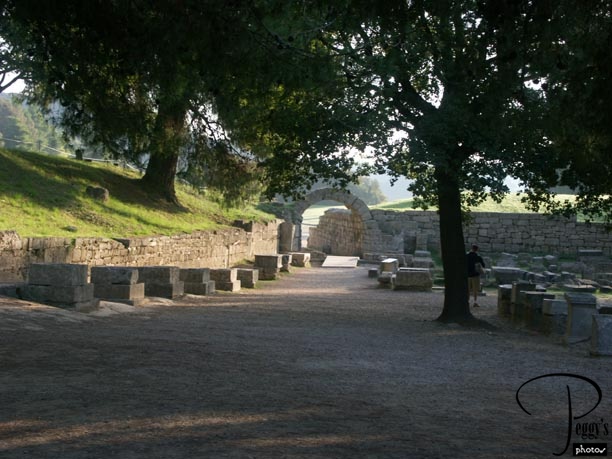
Entrance to the Olympic Stadium.

Ancient Olympia
Ancient Olympia
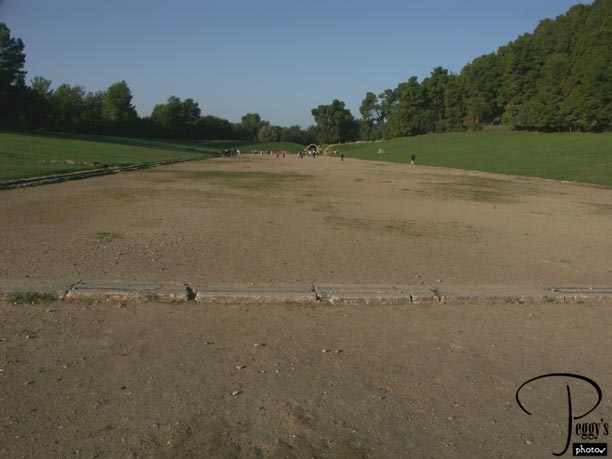
The original Olympic Stadium. It held 45,000 spectators, who sat on the grass sides. No women were allowed as the athletes were naked when they were competing. The first Olympic Games were held in 776 B.C., with sprinting the only event and only local men competed. You can see the original starting blocks for the sprinting in the photo. In the 8th and 7th centuries B.C., wrestling, boxing, equestrian events, and boys’ competitions were added. The games were held every four years. Only Greeks were allowed to compete until 146 B.C., when the Romans became the rulers. The Olympic Games were banned in 393 A.D. by the Emperor Theodosius I, a Christian, as the games were considered to be part of a pagan festival. The games were revived in 1896 and were held at the first modern Olympic Stadium in Athens.

Ancient Olympia
Ancient Olympia
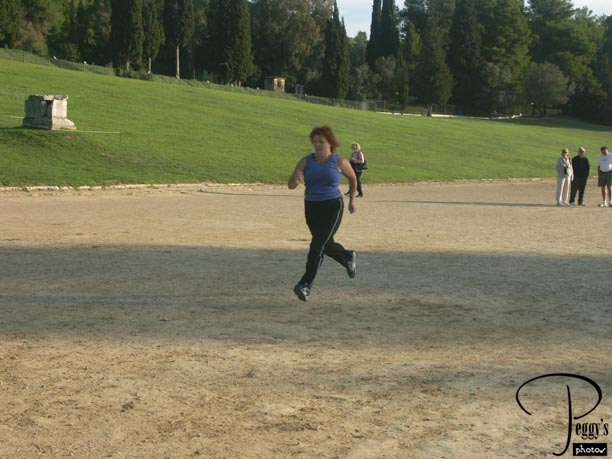
Here is our Paula, the only one of our tour group who raced around the track––you can see in the photo that she was running so fast that her feet weren’t even touching the ground. The rest of us were content to walk around the track, which length is 212.54 meters, and width, 28.50 meters.

Ancient Olympia
Ancient Olympia
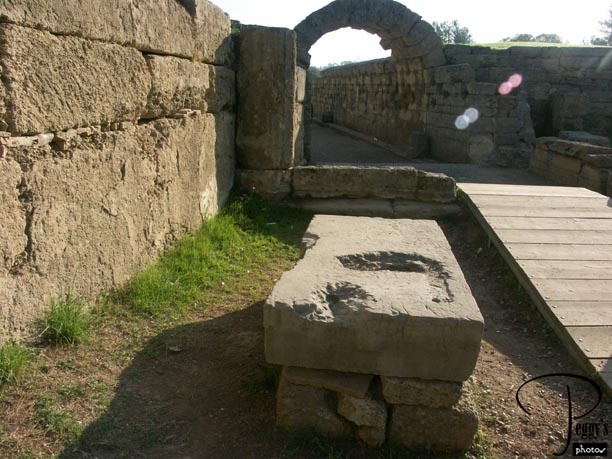
Right outside the entrance gate to the stadium is “Cheaters’ Rock,” where anyone caught cheating in the games had to imprint their name.

Ancient Olympia
Ancient Olympia
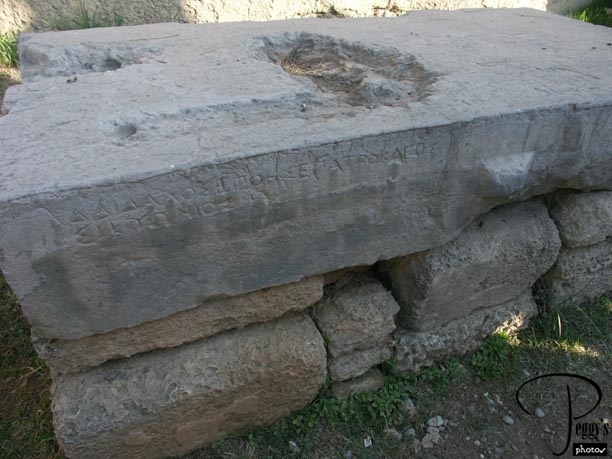
Close–up of “Cheaters’ Rock.”

Ancient Olympia
Ancient Olympia
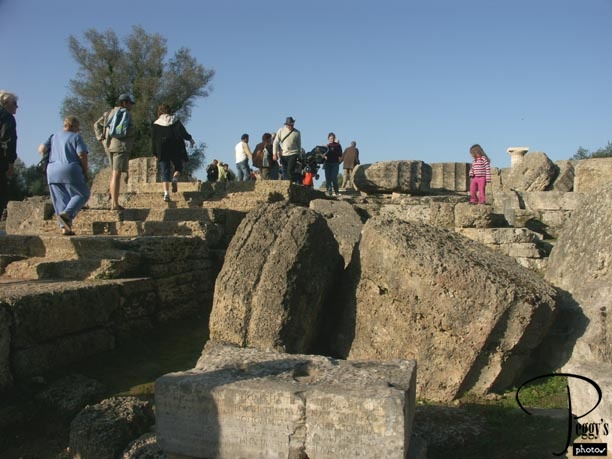
Climbing up the stairs of the Temple of Zeus, which dates back to 470–456 B.C. It was a Doric temple with 34 columns. It housed a huge, magificent gold and ivory statue of Zeus, so magnificent that it was one of the Seven Wonders of the Ancient World.

Ancient Olympia
Ancient Olympia
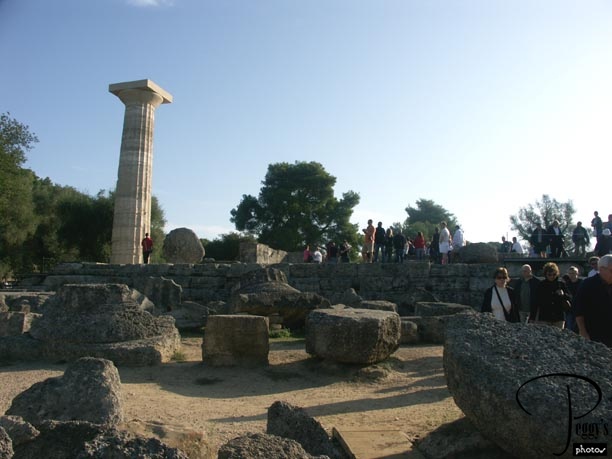
Another view of the Temple of Zeus.

Ancient Olympia
Ancient Olympia
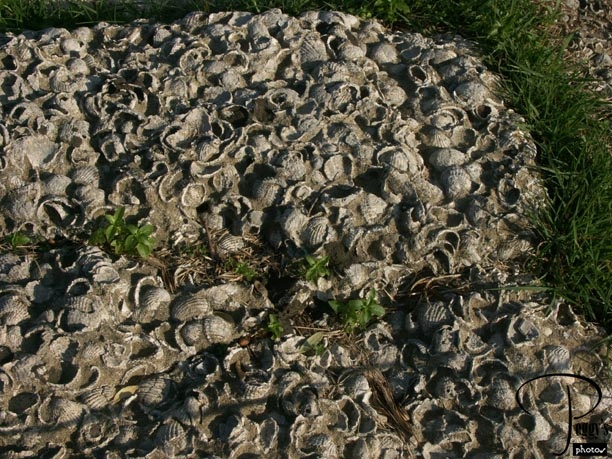
The shells on these ruins are from the time when Olympia was underwater when nearby rivers overflowed their banks and flooded Olympia.

Ancient Olympia
Ancient Olympia
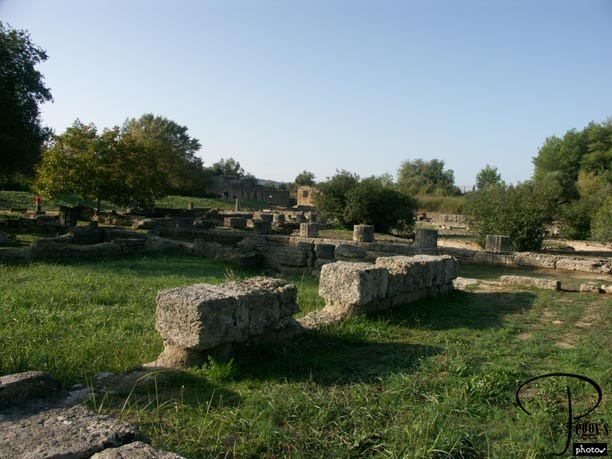
The Leonidaion. This was a guesthouse, built about 330 B.C.

Ancient Olympia
Ancient Olympia
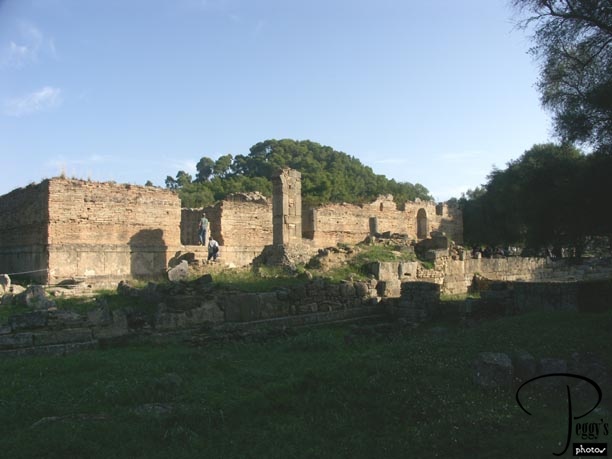
Workshop of Pheidias, who was the sculpter of the gold and ivory statue of Zeus.

Ancient Olympia
Ancient Olympia
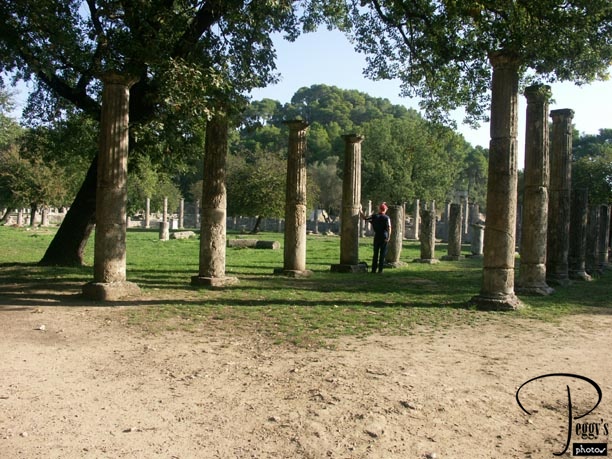
The Palaestra, 3rd century B.C. The building was used for the practice of wrestling, boxing, and jumping. There was also a gymnasium, where athletes practiced the javelin, the discus, etc.

Ancient Olympia
Tour Group Photo at Ancient Olympia
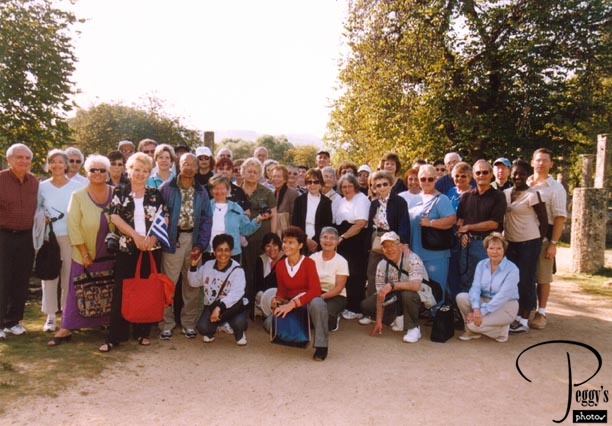
Our Trafalgar Best of Greece tour group photo was taken here in Ancient Olympia. I am in the middle of the photo.

Tour Group Photo at Ancient Olympia
Olympia Archaeological Museum
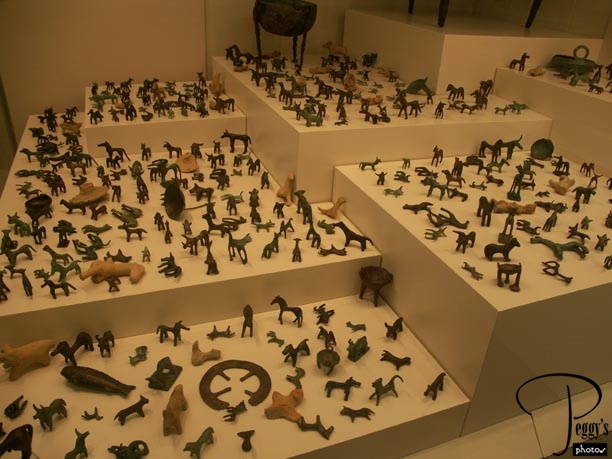
Our next stop was at the Olympia Archaeological Museum, which houses artifacts taken from the archaeological site. This photo is of small horses.

Olympia Archaeological Museum
Olympia Archaeological Museum
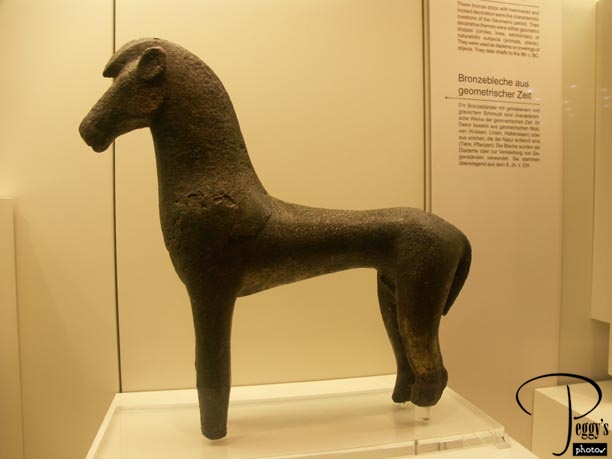
A much larger bronze horse.

Olympia Archaeological Museum
Olympia Archaeological Museum
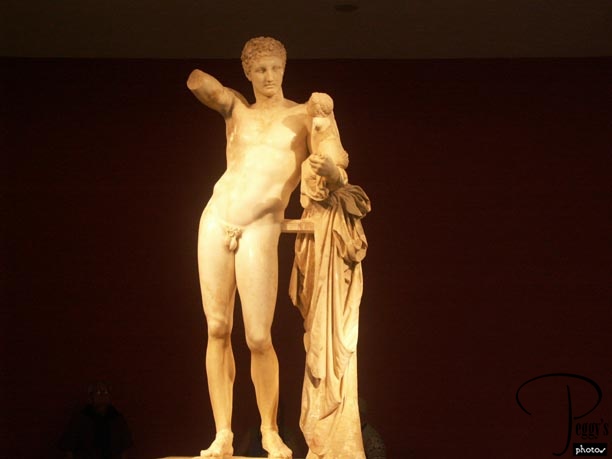
Statue of Apollo on the west pediment of the Temple of Zeus. The pediment protrays the mythological Battle of the Lapitas and the Centaurs.

Olympia Archaeological Museum
Olympia Archaeological Museum
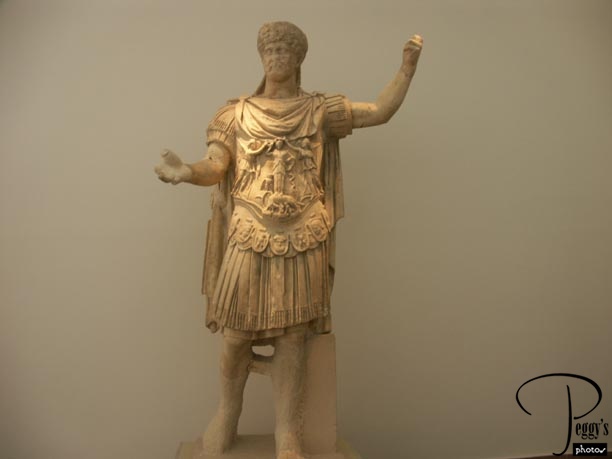
Statue of the Emperor Hadrian.

Olympia Archaeological Museum
Olympia Archaeological Museum
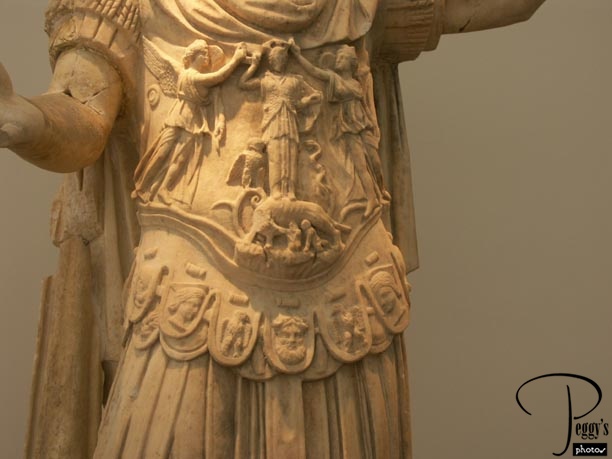
Close–up of Hadrian’s breastplate.

Olympia Archaeological Museum
Olympia Archaeological Museum
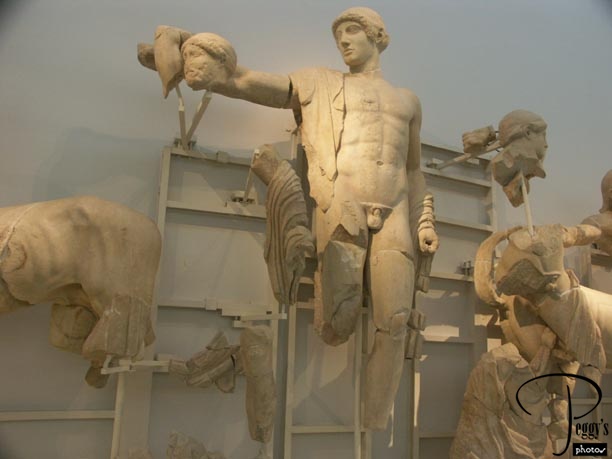
Statue of Apollo on the west pediment of the Temple of Zeus. The pediment portrays the mythological Battle of the Lapitas and the Centaurs.

Olympia Archaeological Museum
Olympia Archaeological Museum
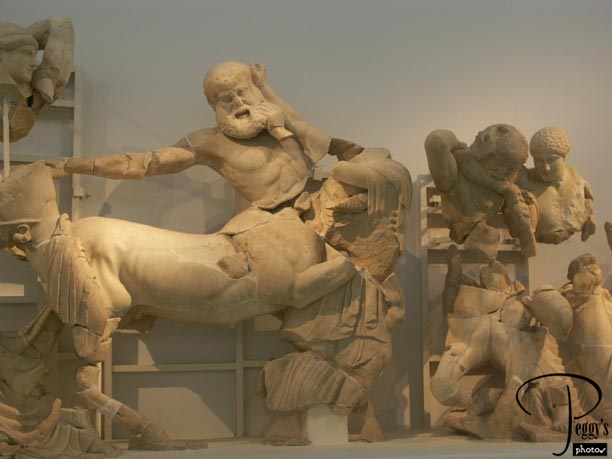
More of the west pediment.

Olympia Archaeological Museum
Olympia Archaeological Museum
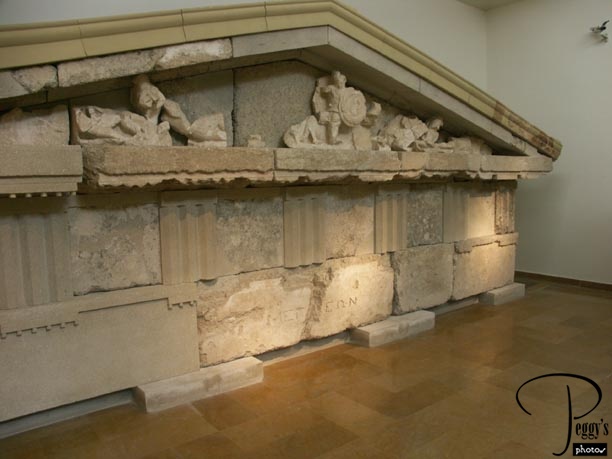
Pediment from the Treasury of Megarians.

Olympia Archaeological Museum
Olympia Archaeological Museum
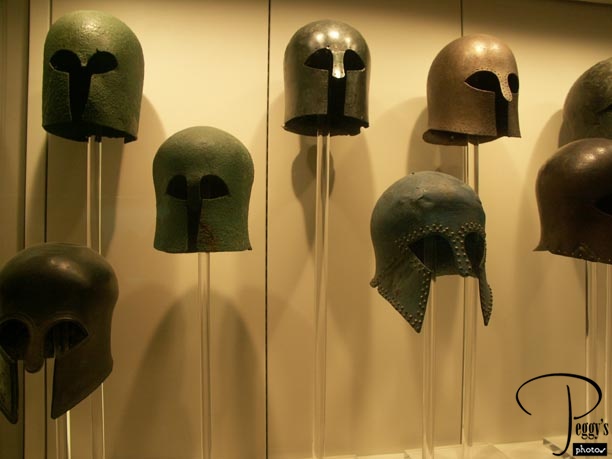
Bronze Corinthian helmets.

Olympia Archaeological Museum
Olympia Archaeological Museum
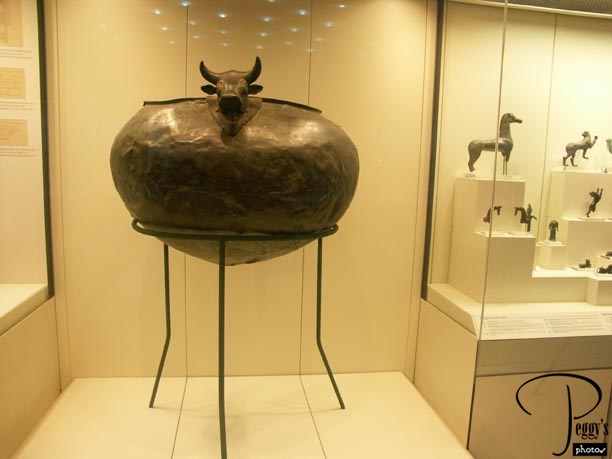
Cauldron.

Olympia Archaeological Museum
Olympia Archaeological Museum
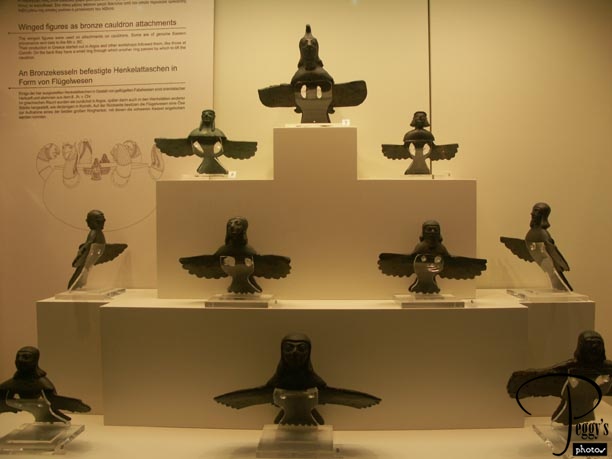
Cauldron attachments.

Olympia Archaeological Museum
Olympia Archaeological Museum
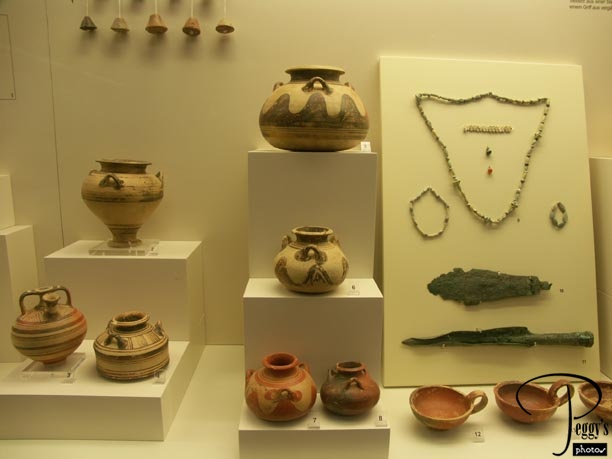
Vases and jewelry.

Olympia Archaeological Museum
Olympia Archaeological Museum
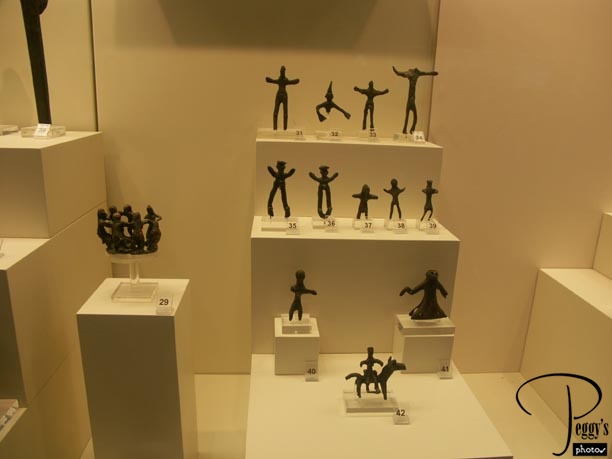
Figurines.

Olympia Archaeological Museum
Olympia Archaeological Museum
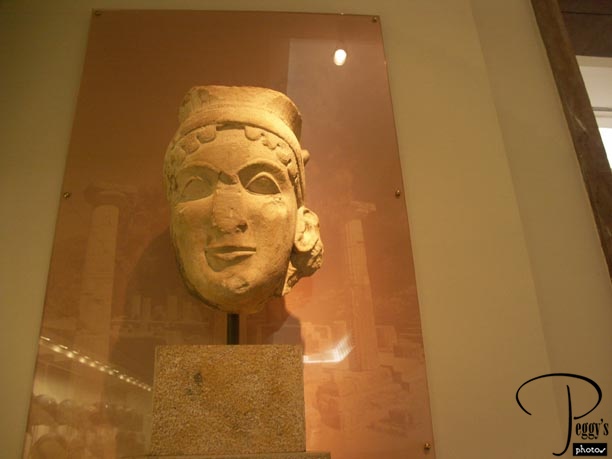
Arachaic clay head of Hera.

Olympia Archaeological Museum
Olympia Archaeological Museum
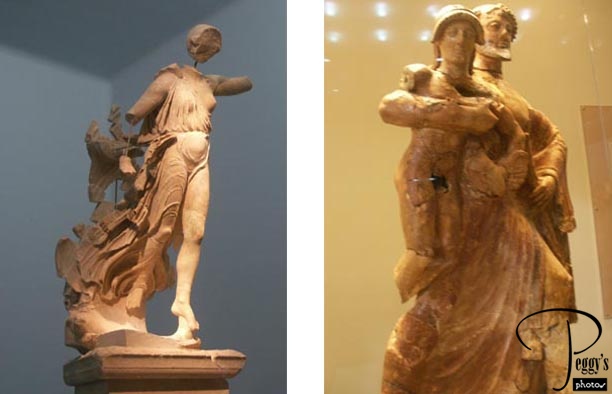
On left, 5th century Winged Victory. On right, 5th century terracotta Zeus and Ganymede.

Olympia Archaeological Museum
Rio-Antirio Bridge
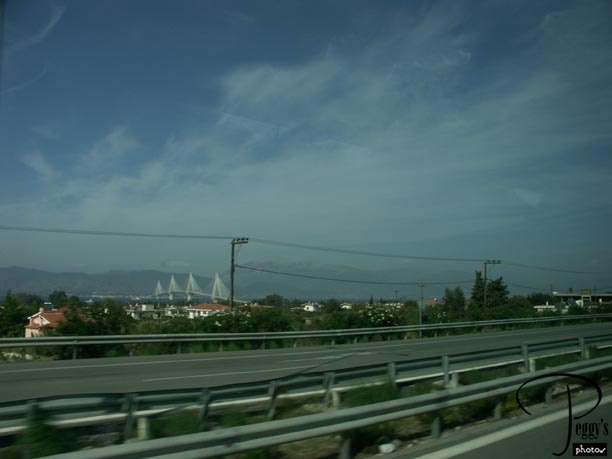
After leaving Olympia, we crossed over the new Rio–Antirio Bridge (its white “sails” can be seen in the photo) from the Peloppenese to Western Greece on our way to the town of Nafpaktos.

Rio-Antirio Bridge
Rio-Antirio Bridge
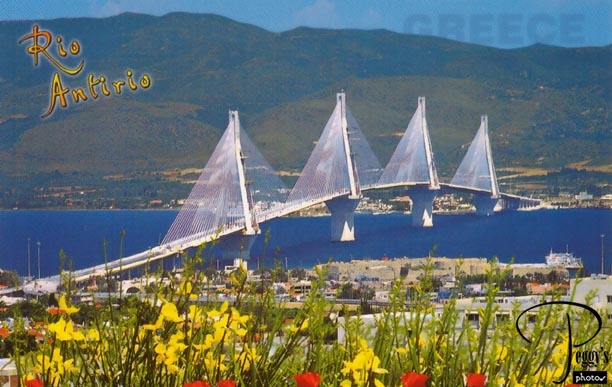
I couldn’t get a very good photo of this bridge, so I am using this postcard of it. The bridge opened August 7, 2004, a week before the start of the Olympic Games in Greece. The first people to cross the bridge were the Olympic torchbearers. It is the longest cable–stayed bridge in the world. Before the bridge was completed, the only options to cross the Gulf of Cornith was either by ferry boat or a long drive back to the Cornith Canal.

Rio-Antirio Bridge
Rio-Antirio Bridge

We passed this old fortress on the way to the bridge.

Rio-Antirio Bridge
Nafpaktos
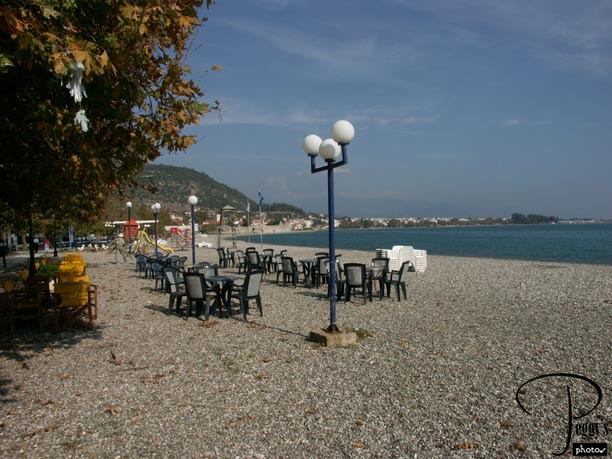
After crossing over to Western Greece, we stopped at the town of Nafpaktos on the Gulf of Cornith for coffee and some rest. First, we walked along the beach, where there were tables in the sand.

Nafpaktos
Nafpaktos
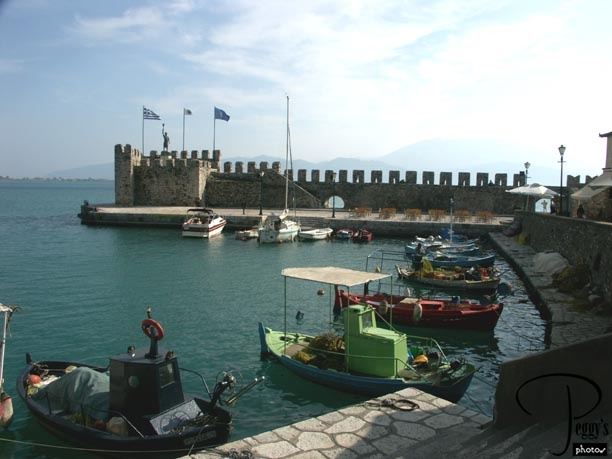
Harbor fortifications and wooden boats in Nafpaktos.

Nafpaktos
Nafpaktos
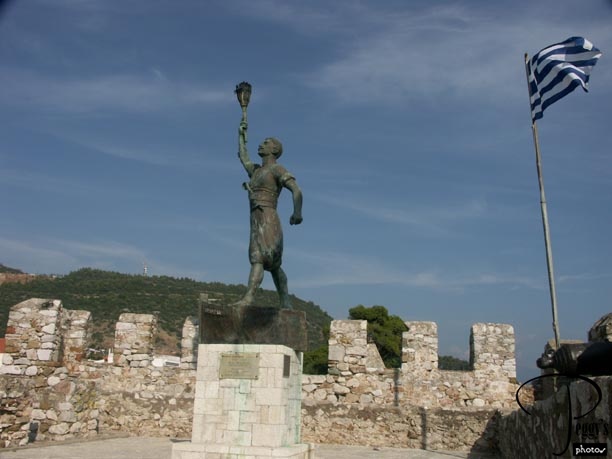
Close–up of the statue on top of the fortifications. It looks like an Olympic runner.

Nafpaktos
Nafpaktos
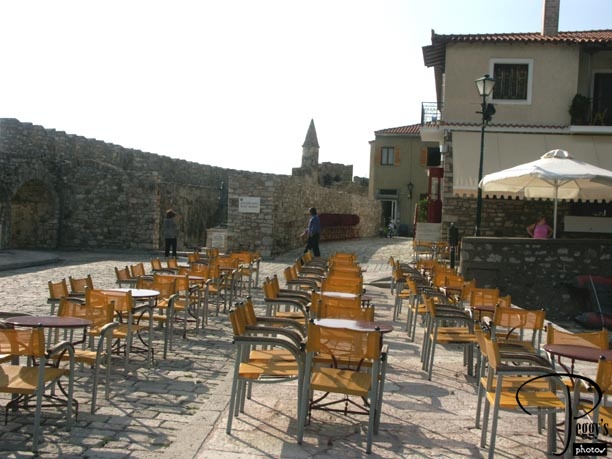
There was a very interesting statue inside the fortifications where the woman in the photo is standing.

Nafpaktos
Nafpaktos
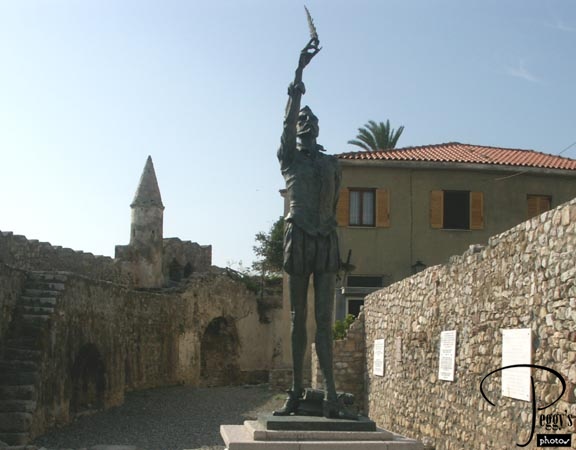
Statue of Miguel de Cervantes, author of Don Quixote. At the time, I thought that a statue of a famous Spanish writer being here in Greece was quite incongruous. But, after a search on the Internet, I found it to be quite understandable: In 1571, a galley fleet of the Holy League, a coalition of Pope Pius V, Spain, Venice, Genoa, Savoy, and the Knights of Malta, among others, defeated an Ottoman galley fleet. It was called the Battle of Lepanto. The straits of Lepanto are near Nafpaktos. Cervantes was part of the Spanish force. His left hand was injured in the battle and he lost use of it. A bit later, he was captured by the Ottomans and spent five years as a prisoner of war.

Nafpaktos
Nafpaktos
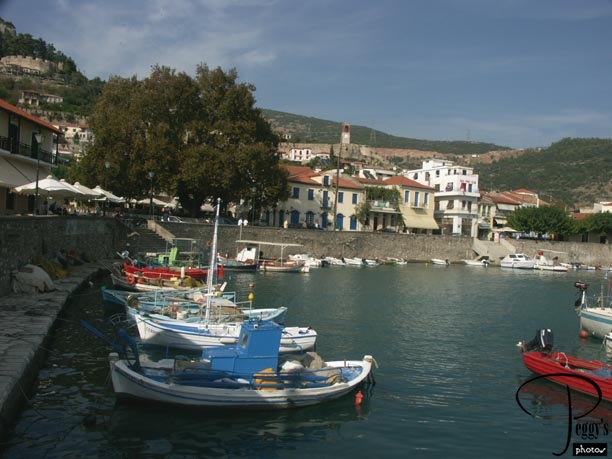
Wooden boats in the harbor.

Nafpaktos
Nafpaktos
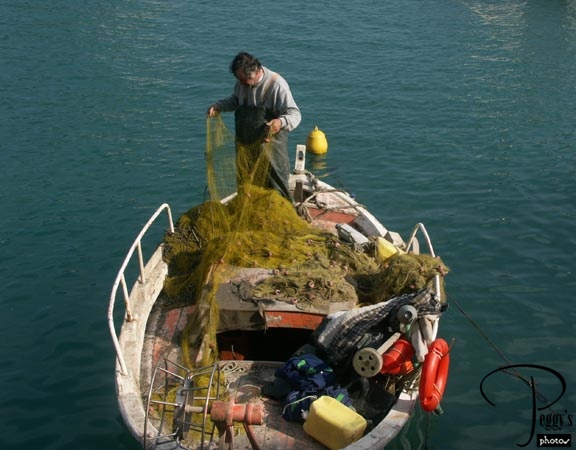
Fisherman.

Nafpaktos
Nafpaktos
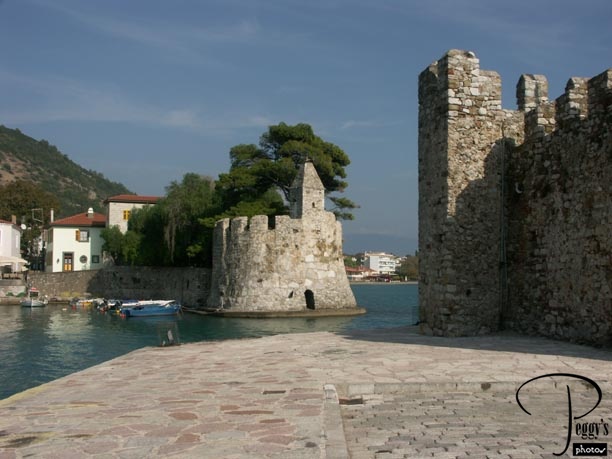
Harbor entrance.

Nafpaktos
Nafpaktos
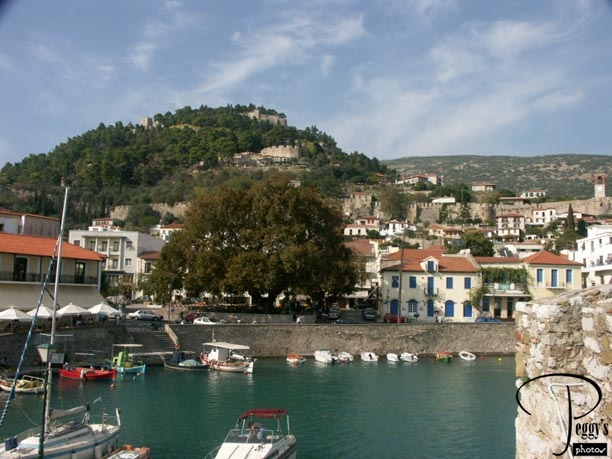
Another view of the harbor showing the Venetian fortress on the hill above the town.

Nafpaktos
Nafpaktos
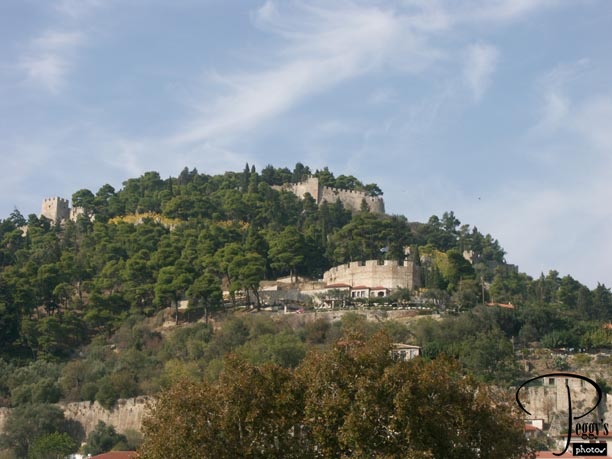
Close–up of the Venetian fortress.

Nafpaktos
Nafpaktos
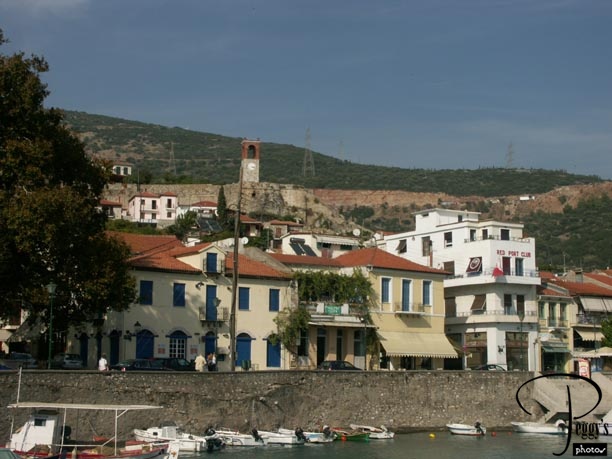
Buildings on the harbor and the clock tower.

Nafpaktos
Greek Countryside
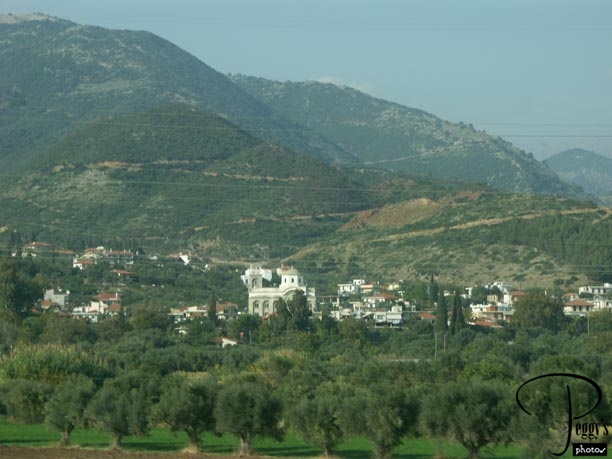
We left the pretty town of Nafpaktos to travel, up a mountain, to the city of Delphi. View of the Greek countryside.

Greek Countryside
Greek Countryside
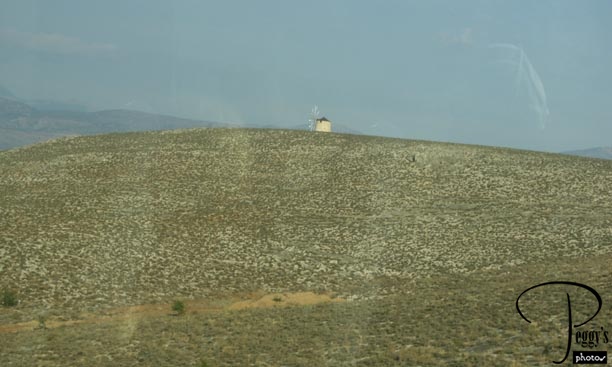
A lone windmill seen from the bus.

Greek Countryside
Sanctuary of Athena at Delphi
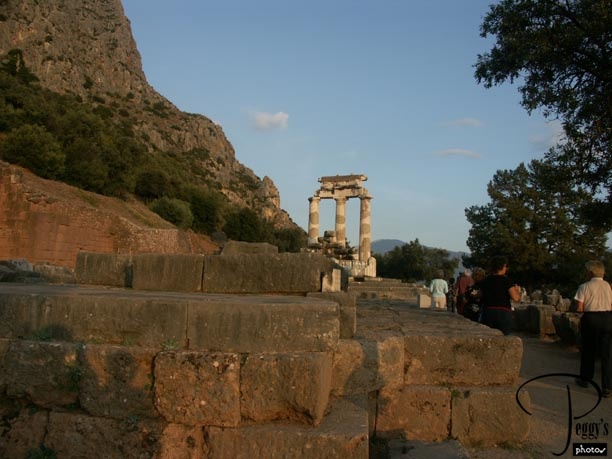
Before we went to our hotel in Delphi, we stopped at the Sanctuary of Athena.

Sanctuary of Athena at Delphi
Sanctuary of Athena at Delphi
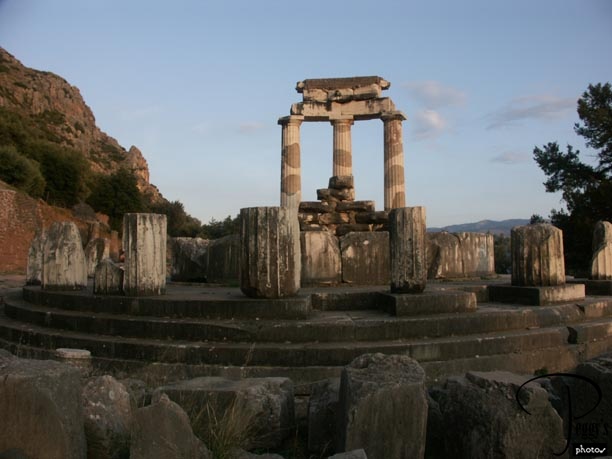
The ruins of the Temple of Athena.

Sanctuary of Athena at Delphi
Sanctuary of Athena at Delphi
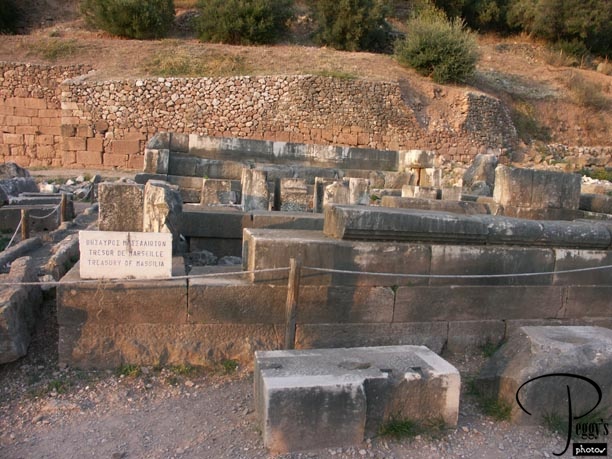
At the Sanctuary of Athena, there was also a shrine to Apollo, marble treasuries, and a tholos (round chamber) whose purpose was not known. There is little left standing at the sanctuary. This was the Treasury of Massilia.

Sanctuary of Athena at Delphi
Sanctuary of Athena at Delphi
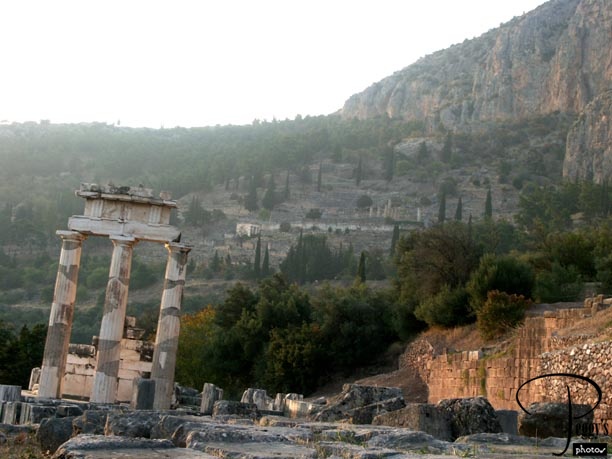
The sanctuary was a walk down a steep incline, but from the lower level, you could see the main archaeological site of Ancient Delphi up on the hill, which we would visit the next day. (My camera was crooked, not the temple.)

Sanctuary of Athena at Delphi
Sanctuary of Athena at Delphi
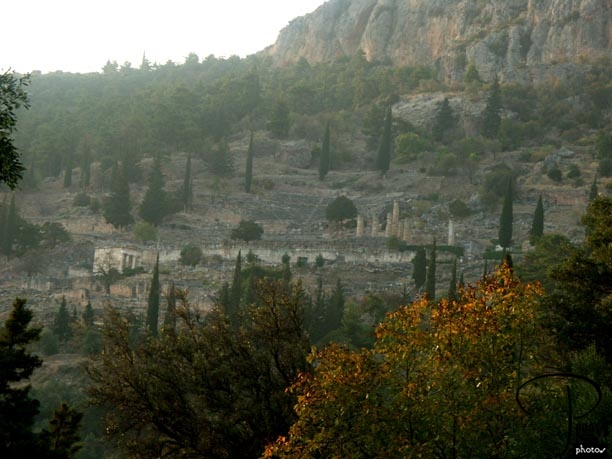
Closer–up view of Ancient Delphi.

Sanctuary of Athena at Delphi
Sanctuary of Athena at Delphi

Closer–up view of Ancient Delphi.

Sanctuary of Athena at Delphi
Delphi
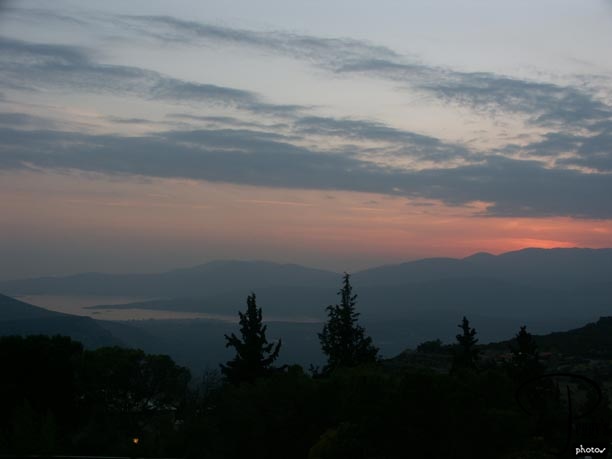
A Greek sunset taken from the hotel balcony with a view of the Gulf of Cornith.

Delphi
Delphi
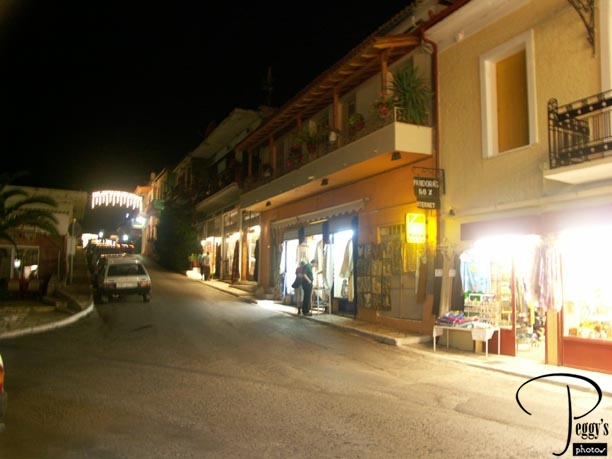
Our hotel (another Amalia) was within walking distance of the town of Delphi. Marie, Eleanor, Janet, and I walked to the town after dinner. Delphi at night.

Delphi
Delphi
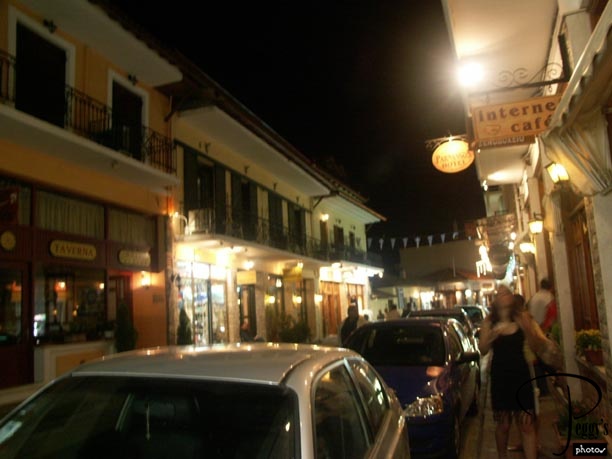
Delphi at night. I was able to e–mail my family from one of Delphi’s several Internet cafes.

Delphi
Delphi
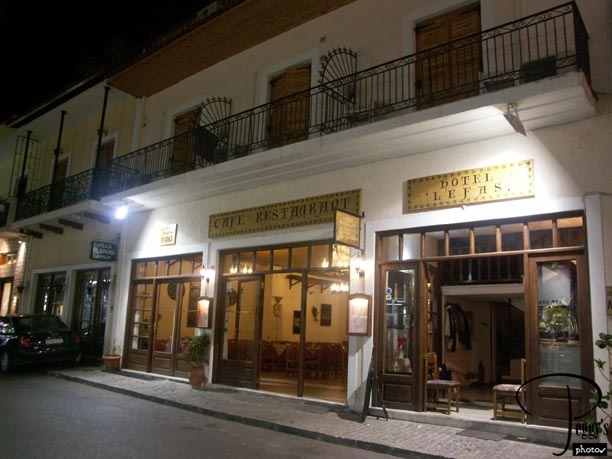
A Delphi hotel––it was a town with very attractive buildings. Marie and I became separated from Janet and Eleanor and we took a walk to try to find them. Marie went into a hotel to use the W.C. and I waited and waited and waited for her on the street, all the time looking for Janet and Eleanor. I should have gone into the hotel instead of looking for Janet and Eleanor because Marie couldn’t get out of the WC––the lock on the door was stuck. She told me that she kept shouting and banging on the door until some hotel staff finally heard and rescued her. Poor Marie––it really scared her––and I did feel guilty about not going into the hotel to find out why she hadn’t returned. Eleanor and Janet had already gone back to the hotel when they couldn’t find us. We coordinated things better after this.

Delphi
Delphi
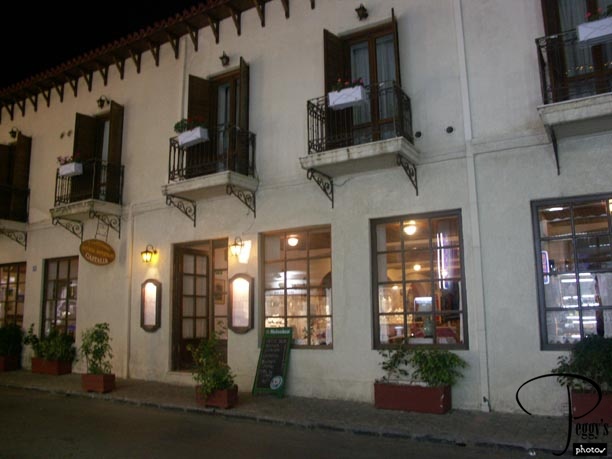
Another pretty Delphi building.
